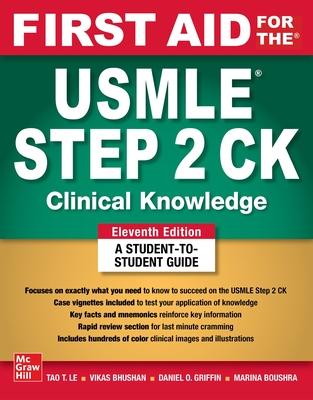Kindle Notes & Highlights
Anti-D (Rh) immunoglobulin and rituximab are second-line therapies for ITP. Anti-D (Rh) immunoglobulin and IVIG act as “decoys” so that WBCs will recognize them instead of IgG on platelets.
Lead Poisoning Inhibits ferrochelatase and δ-aminolevulinic acid (ALA) dehydratase → ↓ heme synthesis and ↑ RBC protoporphyrin.
Fanconi anemia can be identified on physical examination by café au lait spots, short stature, and radial/thumb hypoplasia/aplasia.
Diamond-Blackfan syndrome presents with pure red cell aplasia and congenital anomalies, such as triphalangeal thumbs and cleft lip.
Vaccination for Neisseria meningitidis needs to be administered for patients receiving eculizumab.
AUTOIMMUNE HEMOLYTIC ANEMIA Autoantibodies against RBC membrane destroy blood cells, causing extravascular hemolysis. Two types: Warm: IgG, associated with SLE, chronic lymphocytic leukemia (CLL), lymphoma, penicillin, rifampin, phenytoin, and α-methyldopa Cold: IgM, associated with Mycoplasma pneumonia, EBV, and Waldenström macroglobulinemia
Felty syndrome: Neutropenia along with splenomegaly and rheumatoid arthritis
Leukostasis syndrome may be treated with hydroxyurea ± leukapheresis to ↓ WBC count.
Cingulate (subfalcine) herniation under the falx cerebri, which can compress the anterior cerebral artery.
Central/downward transtentorial herniation that leads to brainstem displacement with rupture of paramedian basilar artery branches and Duret hemorrhages in the brainstem.
Uncal transtentorial herniation, or herniation of the medial temporal lobe: Early herniation leads to ipsilateral blown pupil (secondary to ipsilateral cranial nerve [CN] III compression) and contralateral hemiparesis. Late presentation leads to coma and Kernohan phenomenon (ipsilateral hemiparesis due to contralateral compression against the Kernohan notch and a subsequent misleading contralateral blown pupil).
Arachnoid mater: Avascular


